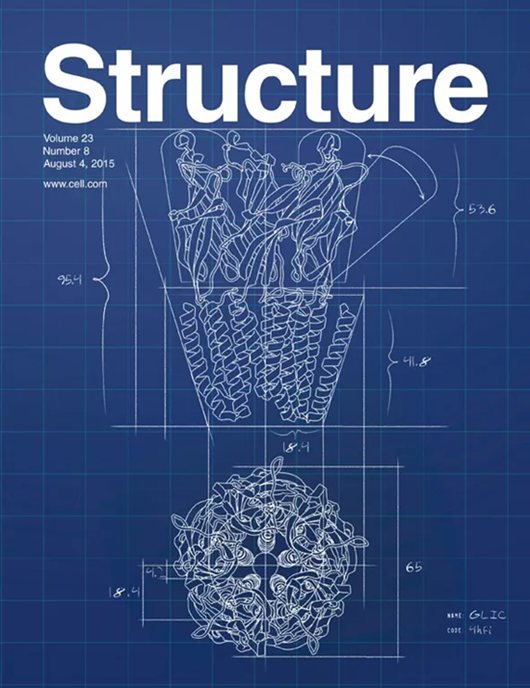The structure and function of the DNA binding domain of class B MpARF2 share more traits with class A AtARF5 than to that of class B AtARF1
IF 4.4
2区 生物学
Q2 BIOCHEMISTRY & MOLECULAR BIOLOGY
引用次数: 0
Abstract
Plant development is primarily controlled by the auxin phytohormones, which activate the auxin response factors (ARFs). Although the nuclear auxin pathway (NAP) is well studied, little is known on how ARFs specifically select target genes. Here, we investigated the DNA binding mechanism of ARF DNA binding domains (DBDs) from the activator class A and repressor class B in two evolutionary distant plant species, Marchantia polymorpha and Arabidopsis thaliana using fluorescence anisotropy, size exclusion chromatography, macromolecular crystallography (MX), and small-angle X-ray scattering (SAXS). We find that the previously proposed molecular caliper model, which partially explains the variability in binding of the ARFs to DNA, has been preserved throughout evolution. Our results show that the DBD of class B MpARF2 behaves more like class A AtARF5 than class B AtARF1. These findings suggest that DNA recognition of ARFs has diverged independently of the transcriptional output, which has significant implications for understanding diverse responses to auxin.

求助全文
约1分钟内获得全文
求助全文
来源期刊

Structure
生物-生化与分子生物学
CiteScore
8.90
自引率
1.80%
发文量
155
审稿时长
3-8 weeks
期刊介绍:
Structure aims to publish papers of exceptional interest in the field of structural biology. The journal strives to be essential reading for structural biologists, as well as biologists and biochemists that are interested in macromolecular structure and function. Structure strongly encourages the submission of manuscripts that present structural and molecular insights into biological function and mechanism. Other reports that address fundamental questions in structural biology, such as structure-based examinations of protein evolution, folding, and/or design, will also be considered. We will consider the application of any method, experimental or computational, at high or low resolution, to conduct structural investigations, as long as the method is appropriate for the biological, functional, and mechanistic question(s) being addressed. Likewise, reports describing single-molecule analysis of biological mechanisms are welcome.
In general, the editors encourage submission of experimental structural studies that are enriched by an analysis of structure-activity relationships and will not consider studies that solely report structural information unless the structure or analysis is of exceptional and broad interest. Studies reporting only homology models, de novo models, or molecular dynamics simulations are also discouraged unless the models are informed by or validated by novel experimental data; rationalization of a large body of existing experimental evidence and making testable predictions based on a model or simulation is often not considered sufficient.
 求助内容:
求助内容: 应助结果提醒方式:
应助结果提醒方式:


